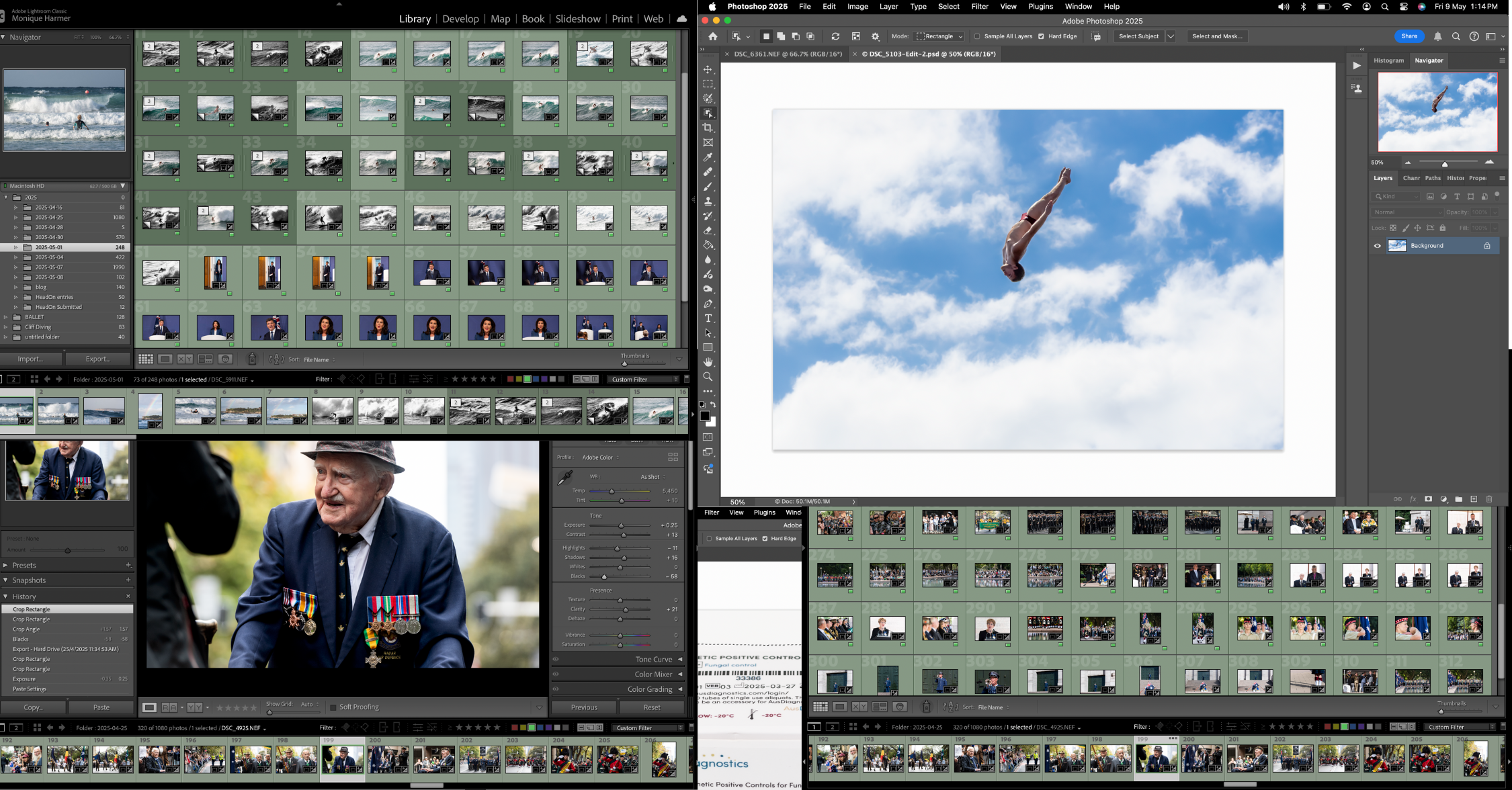
Edit Photos Like a Pro Lightroom Photoshop 2025
Mastering Creative Control📸 How to Edit Photos Like a Pro in Lightroom & Photoshop (2025 Creative Photographer’s Guide) How do you edit photos like a
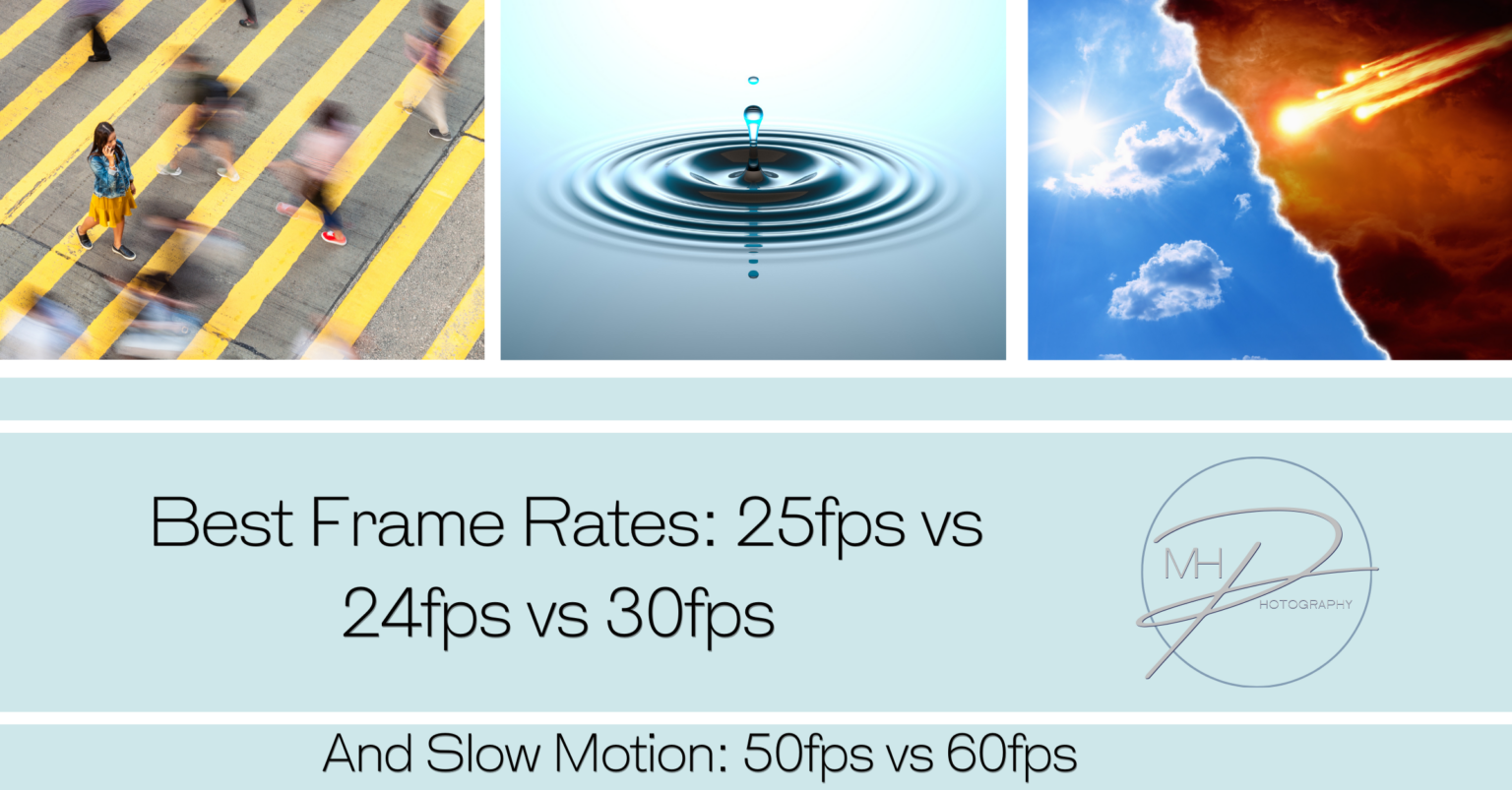
Frame rate is one of the most important aspects of video production as it affects the look, feel, and quality of the footage. Different frame rates are used for different purposes, whether for standard video, cinematic productions, or slow-motion effects. Here’s a breakdown of 25fps, 24fps, 30fps, and 50fps vs 60fps for slow-motion, explaining when and why each is used:
24fps (Frames Per Second)
Advantages:
Disadvantages:
When to Use:
25fps
Advantages:
Disadvantages:
When to Use:
30fps
Advantages:
Disadvantages:
When to Use:
For slow-motion video, shooting at higher frame rates, such as 50fps or 60fps, gives you more frames to work with, allowing you to slow down the action in post-production without it looking choppy. Below is a comparison of these frame rates:
50fps (Frames Per Second)
Advantages:
Disadvantages:
When to Use:
60fps (Frames Per Second)
Advantages:
Disadvantages:
When to Use:
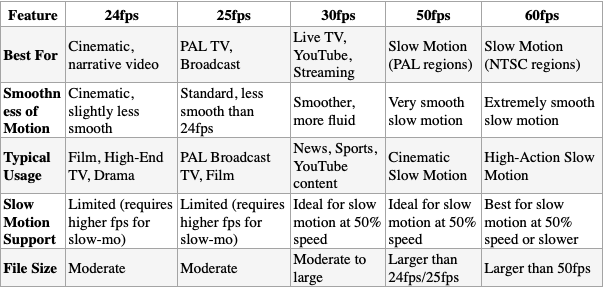
Choose 24fps for cinematic productions, narrative films, and content intended for a traditional, film-like look. It’s the industry standard for most high-end productions.
Choose 25fps if you are working in PAL regions or for broadcast TV content in Europe and parts of Asia.
Choose 30fps for live events, sports, and content that needs smooth motion without the “cinematic” look, especially in NTSC regions.
Choose 50fps or 60fps for slow-motion footage:
Ultimately, the choice of frame rate depends on the type of content you’re creating and the region you’re working in. For slow-motion shots, 50fps and 60fps offer excellent flexibility and smooth results, with 60fps being better for highly detailed, fast-paced action.

No spam, notifications only about new blogs & updates.

Personal and business brand photographer and educator, super passionate about empowering business women and men to have a positive self perception, with the right tools and guidance so they can share their gifts with the world.


Mastering Creative Control📸 How to Edit Photos Like a Pro in Lightroom & Photoshop (2025 Creative Photographer’s Guide) How do you edit photos like a
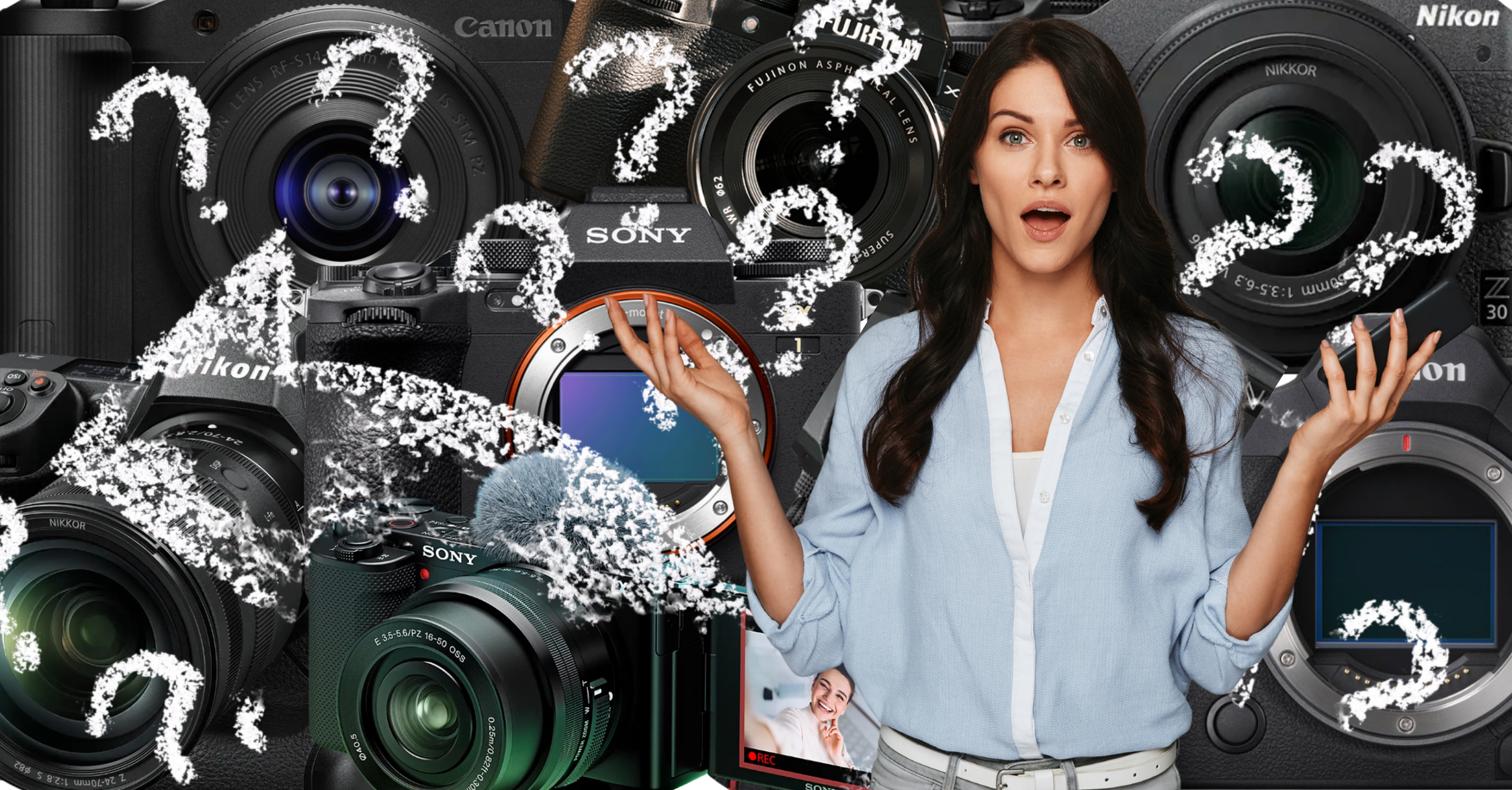
DSLR vs. Mirrorless in 2025: Which Should You Choose and Why It Matters In the fast-evolving world of photography, choosing between a DSLR and a
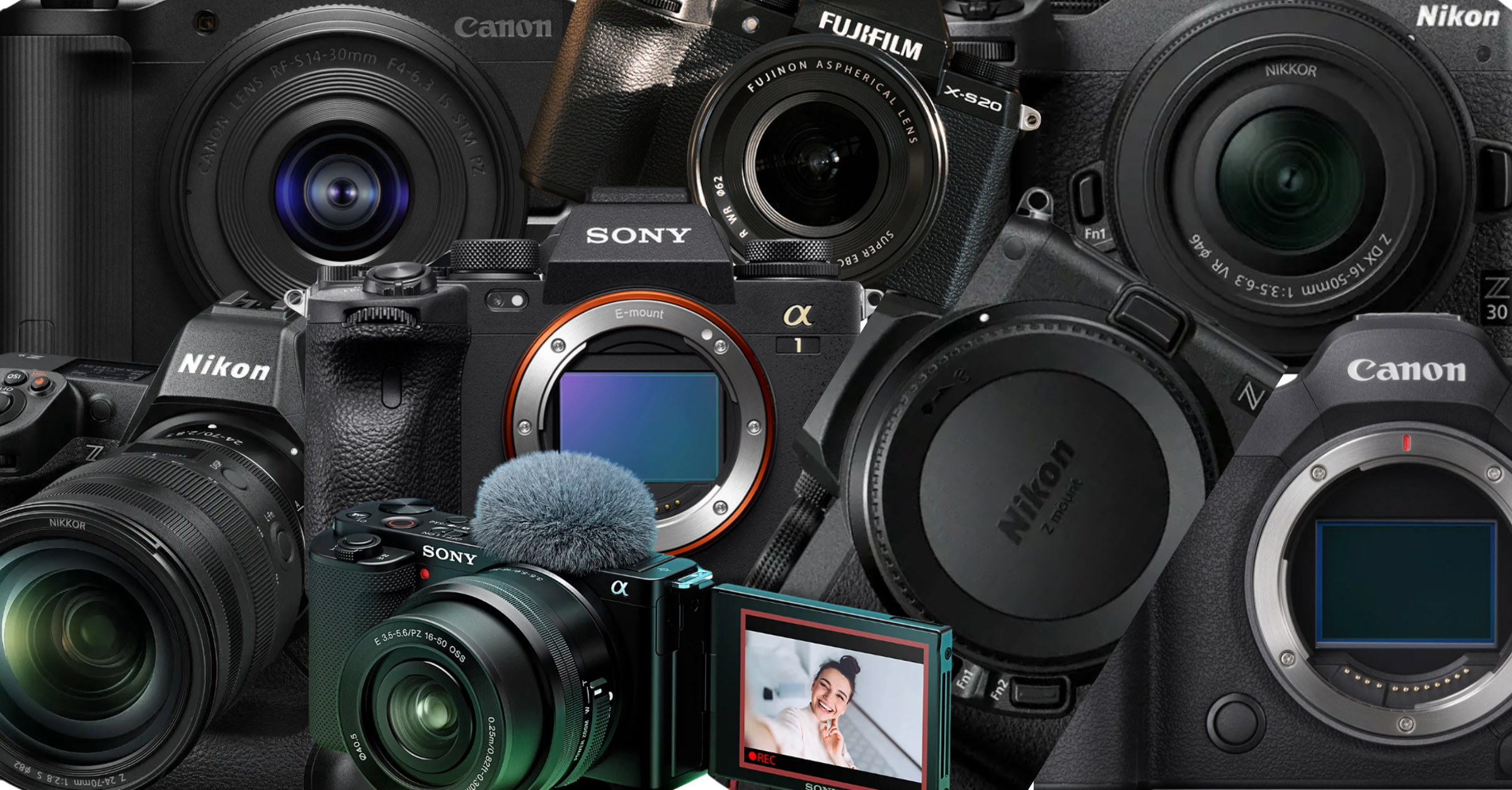
🔹 Best Cameras for Beginners (2025) 1. Canon EOS R50 Why: Compact, lightweight mirrorless with strong autofocus and image quality. Sensor: APS-C Key Features: Dual
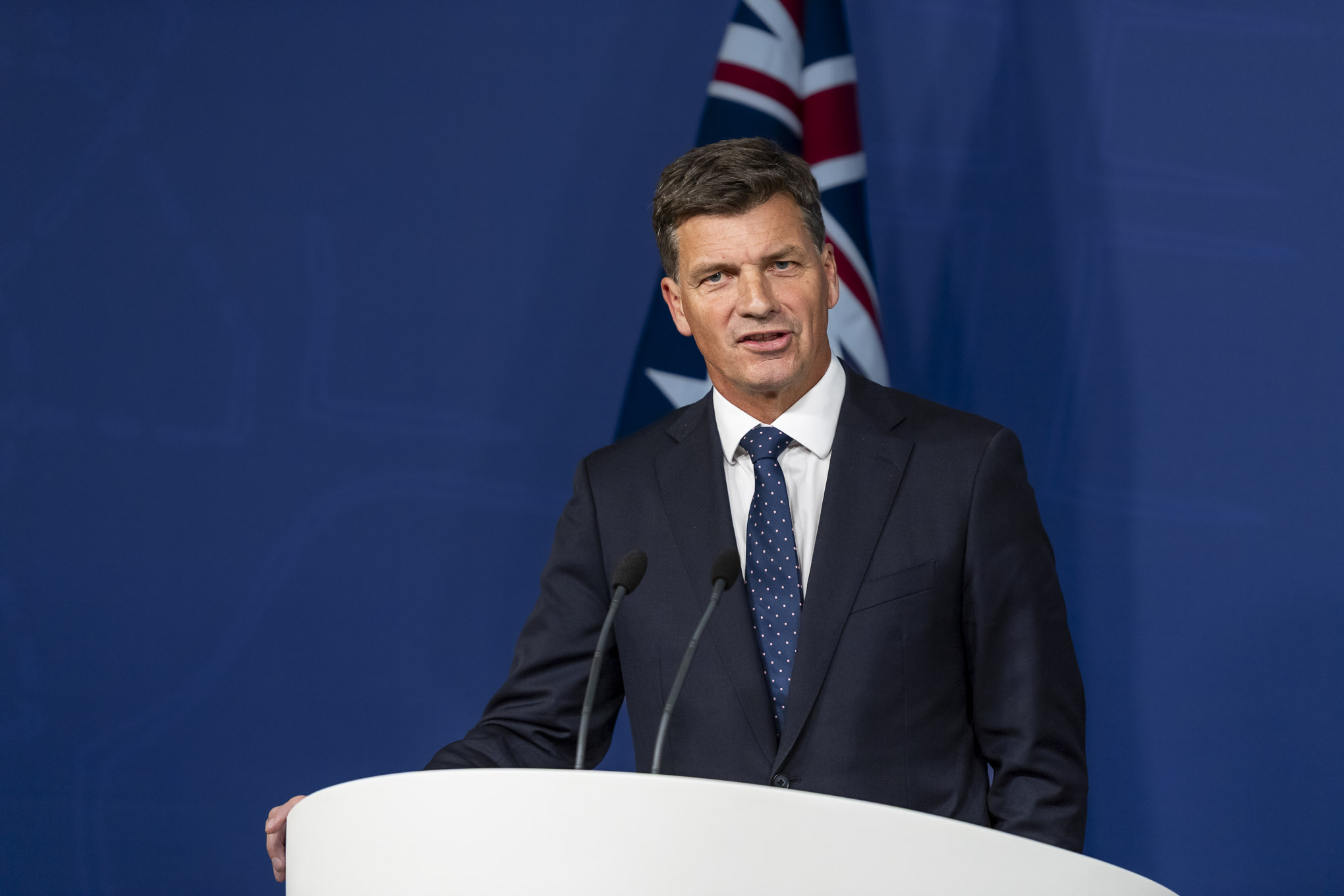
Mastering Low-Light Photography: Best Camera Settings With and Without Flash Low-light photography can be a creative playground or a technical challenge—often both. Whether you’re capturing
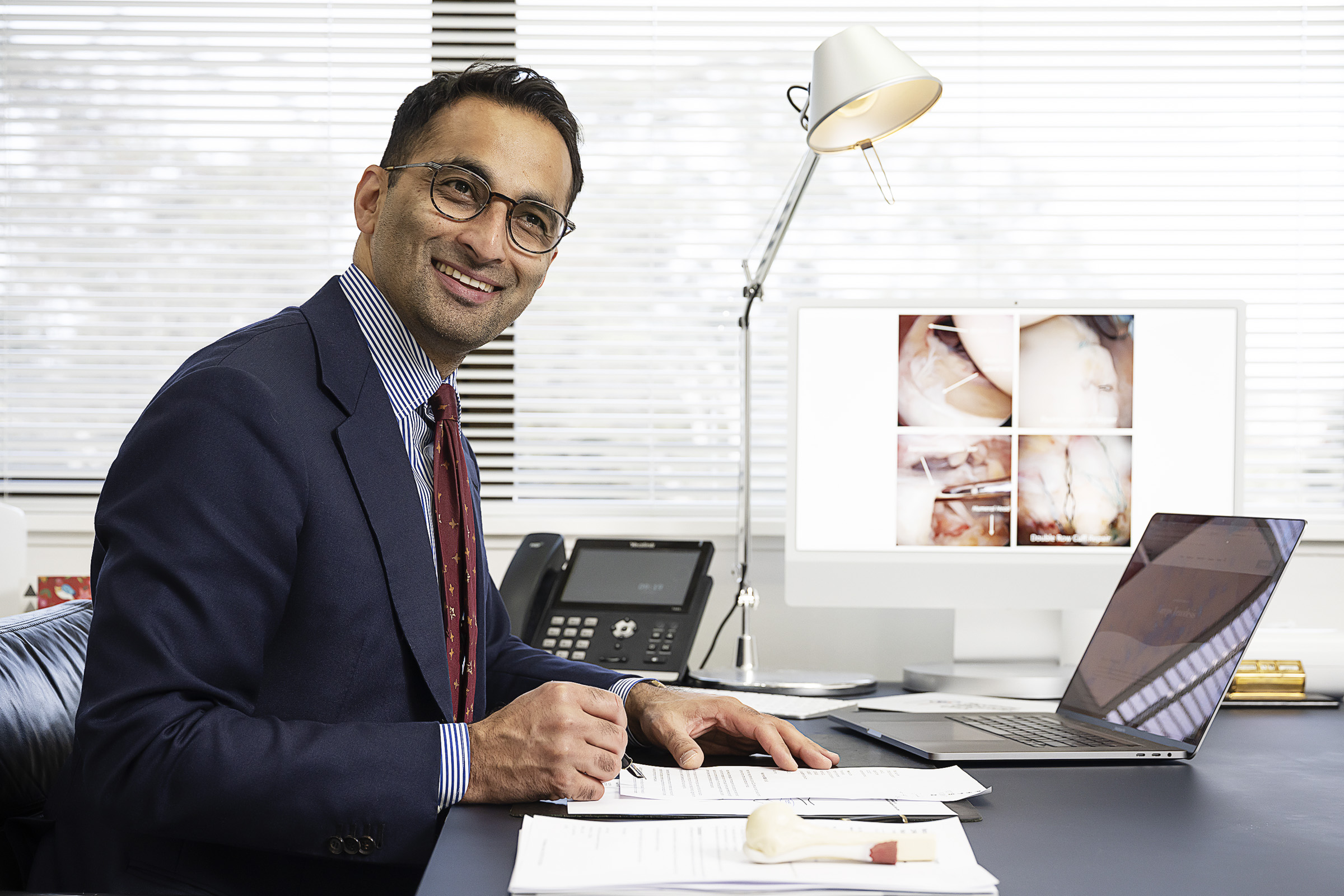
Why Posing Matters in Portrait Photography Posing isn’t about stiff limbs or forced smiles—it’s about bringing out the best in your subject. Whether you’re working
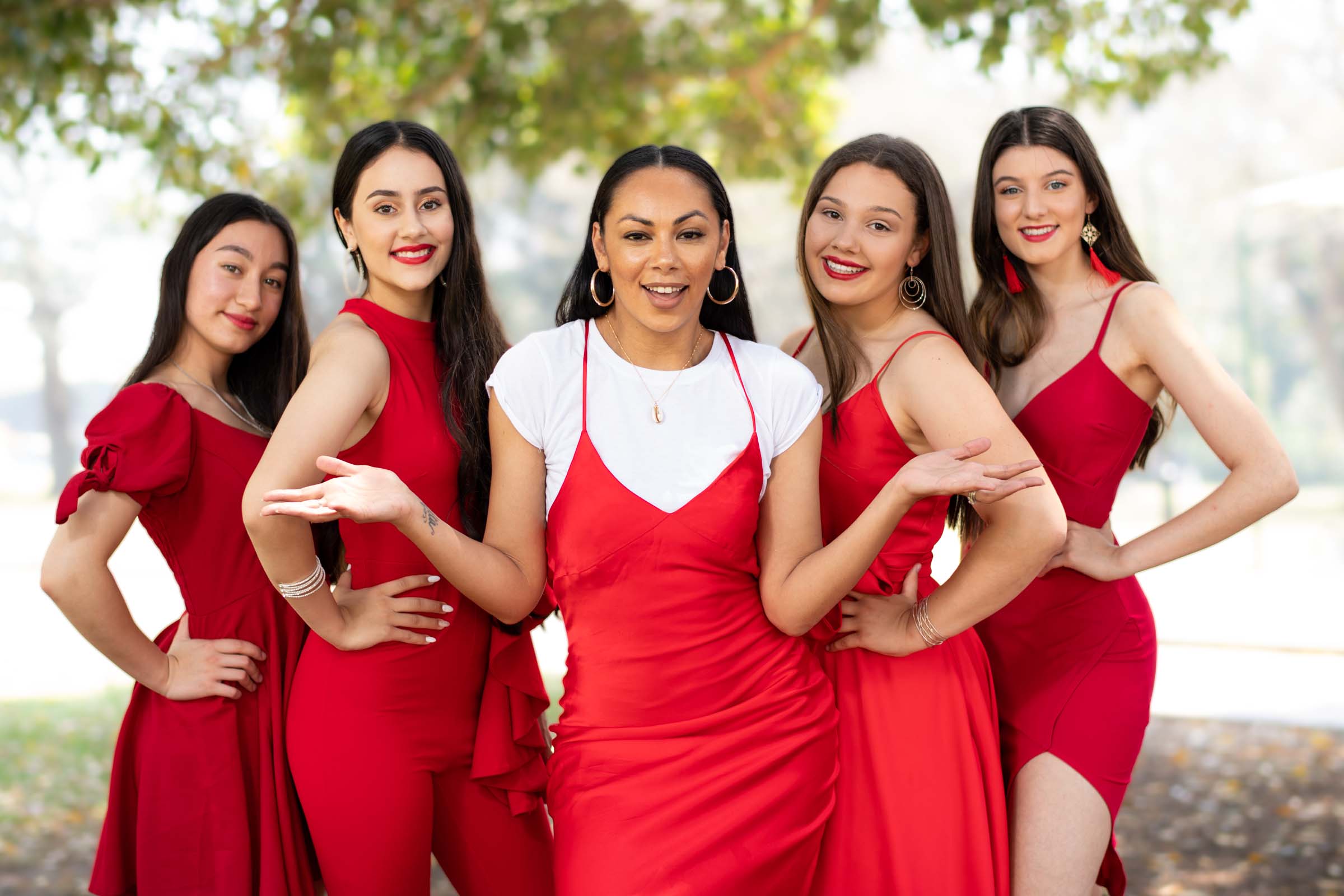
The Power of Open Body Language in Photography When it comes to capturing natural, powerful portraits, body language speaks louder than lighting, gear, or even

How Do I Balance Flash with Ambient Light Balancing flash with ambient light is a key skill that separates average photos from beautifully lit, professional-looking

A Photographer’s Guide to Creative Expansion In photography, light isn’t just an element—it’s the language we speak.And when it comes to natural light, we are
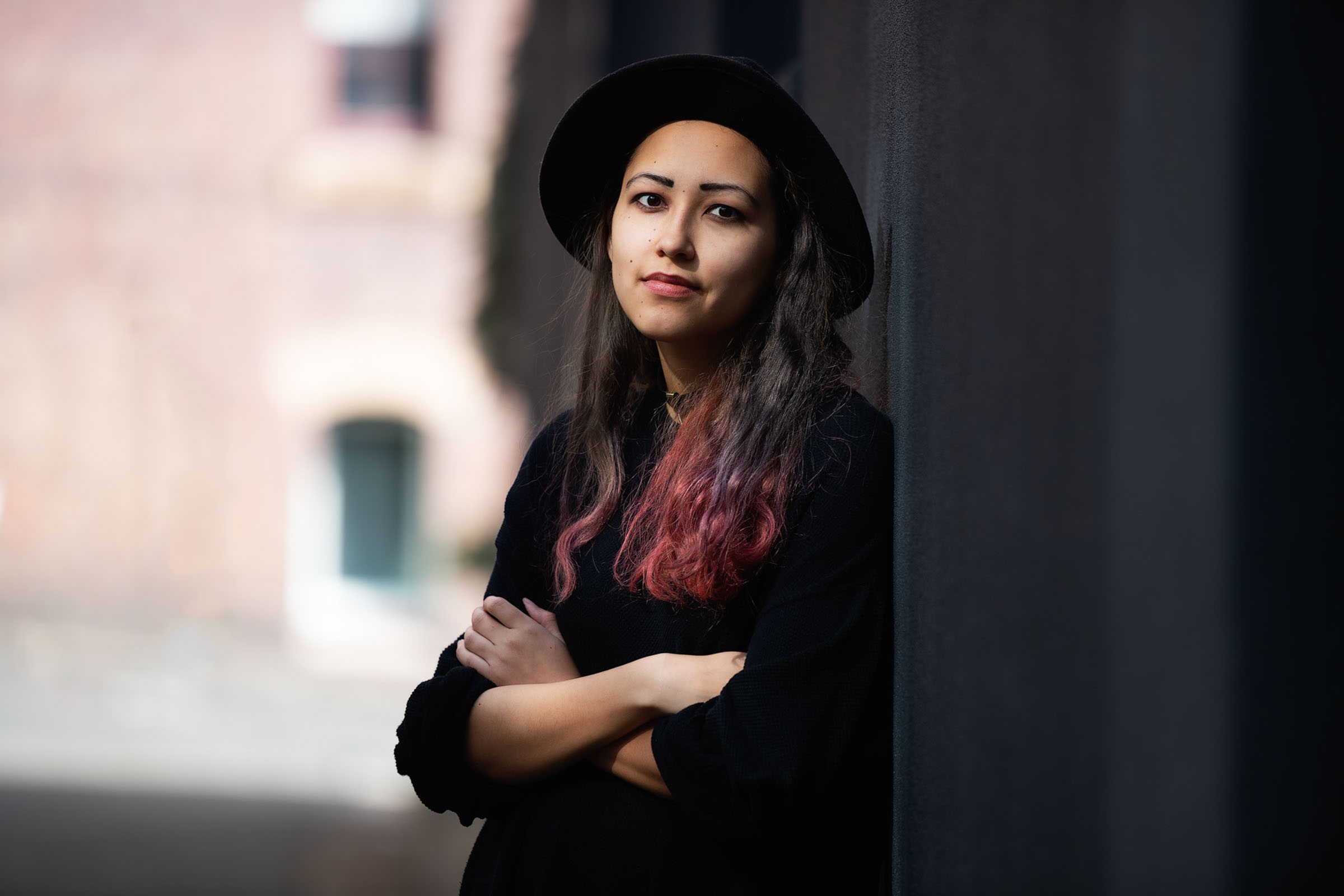
A Beginner’s Guide to Beautiful Lighting Natural light is one of the most beautiful and accessible tools in a portrait photographer’s toolkit. But to truly
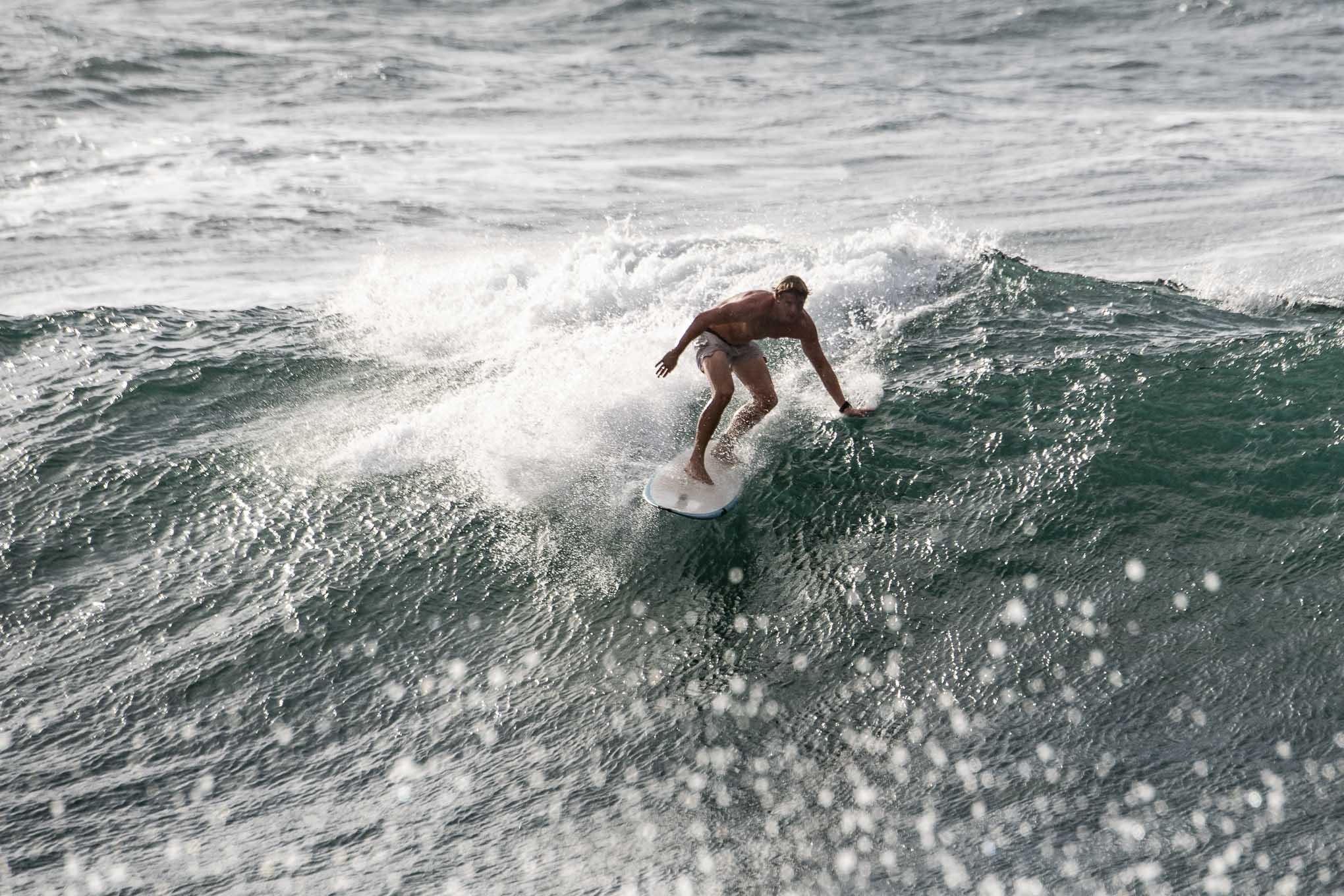
what you need to know Getting sharp images is a combination of good technique, the right settings, and proper camera handling. Here’s what you need
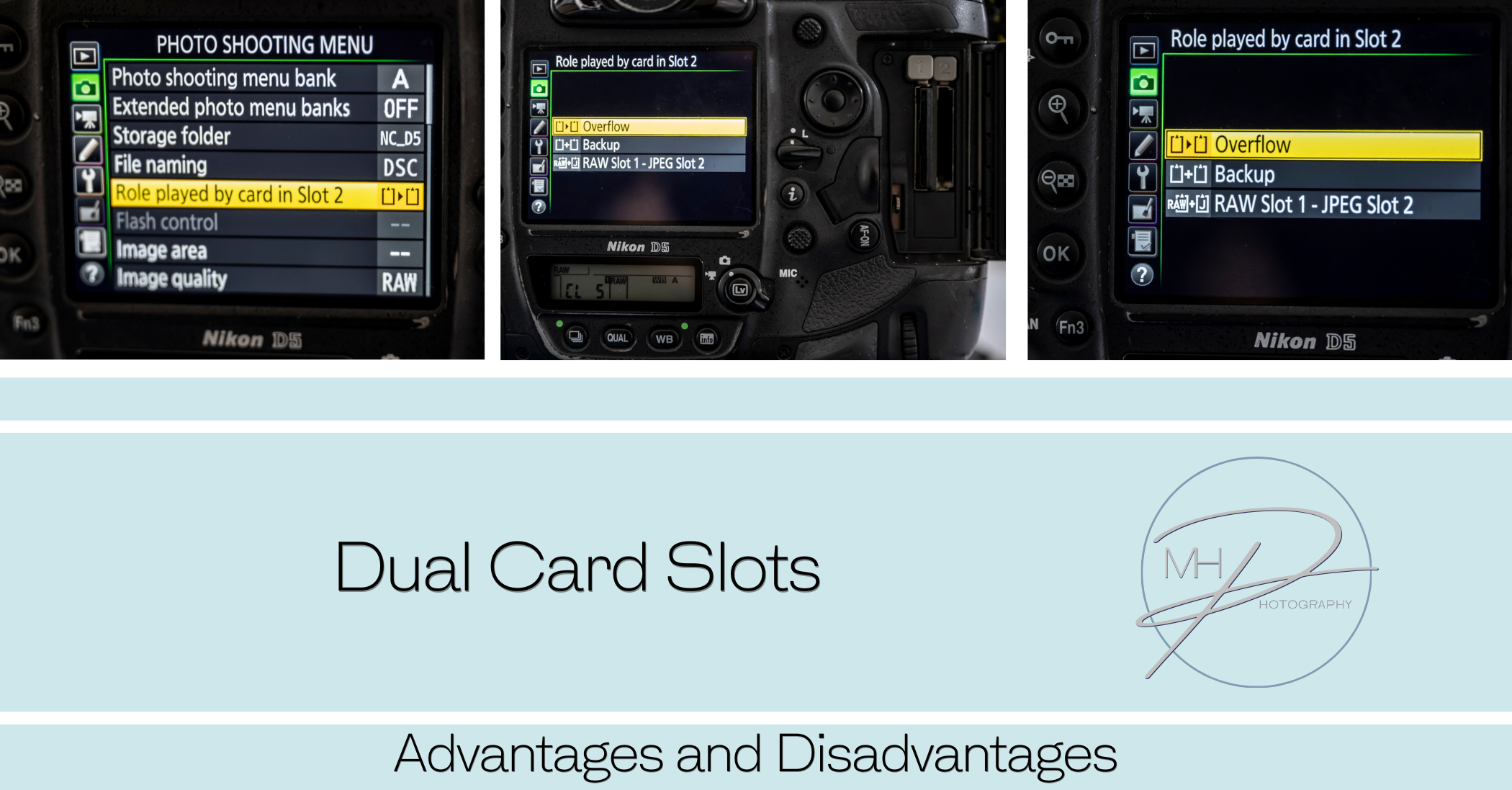
Many professional cameras offer dual card slots, allowing photographers and videographers to use two memory cards simultaneously. This feature enhances workflow efficiency, data security, and
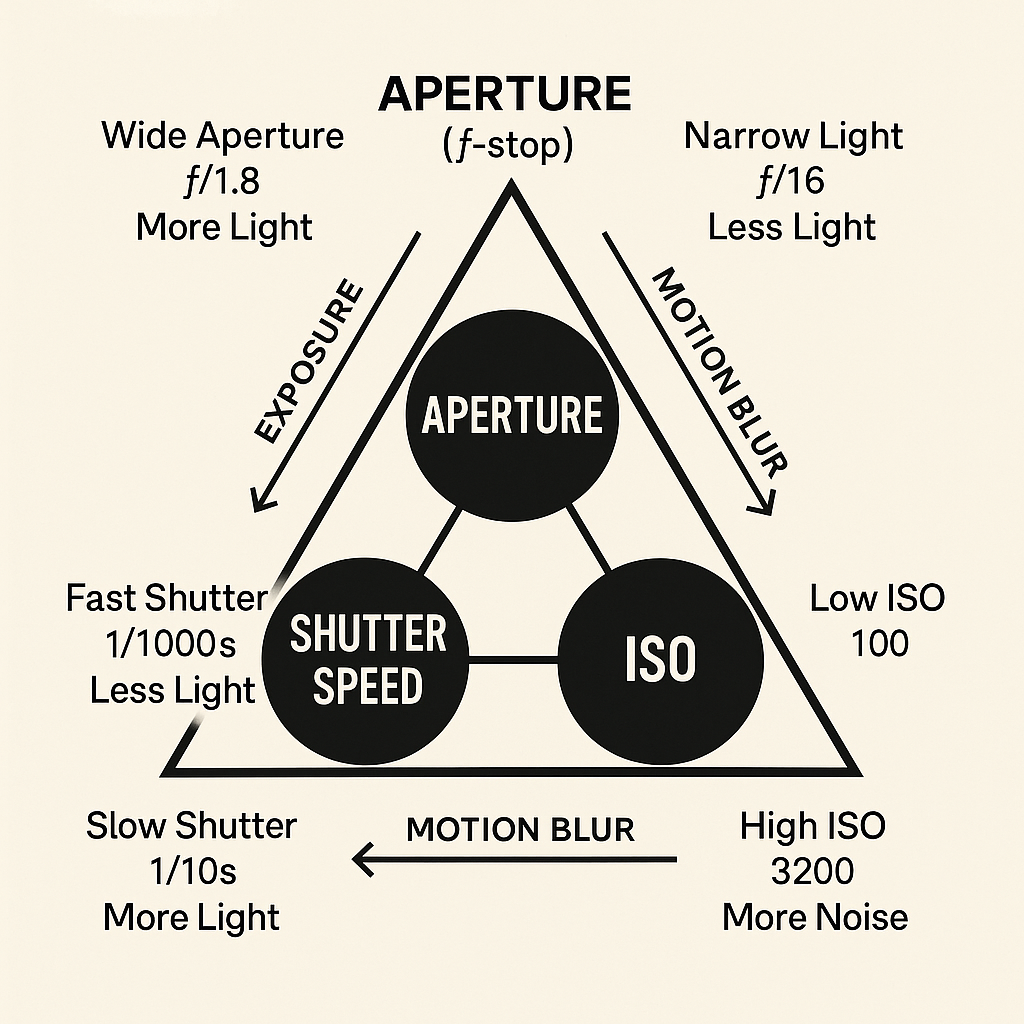
The exposure triangle The exposure triangle is a fundamental concept in photography that explains the relationship between three key elements that control the exposure (brightness